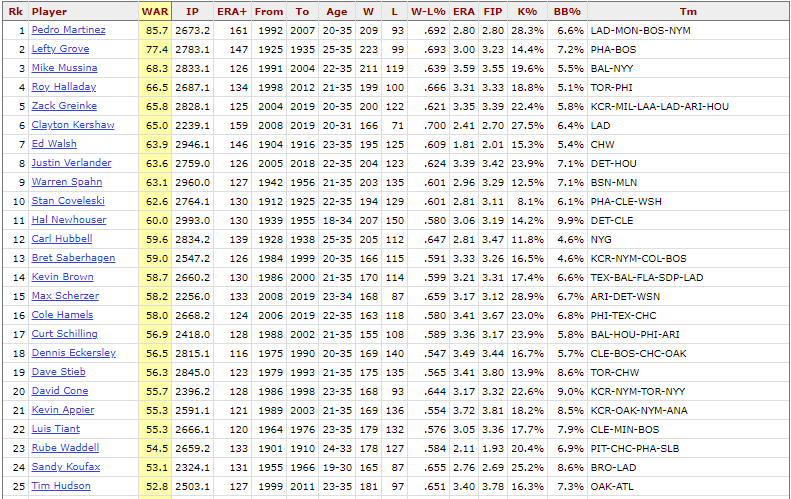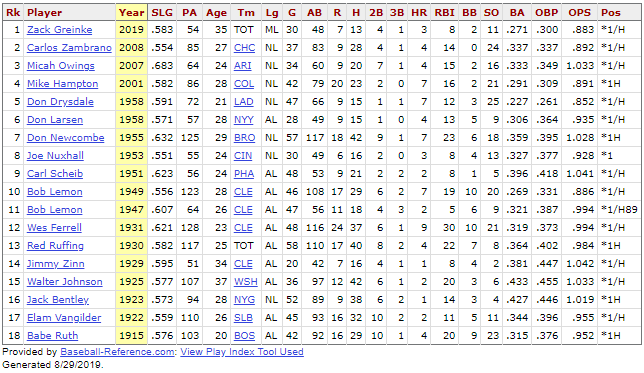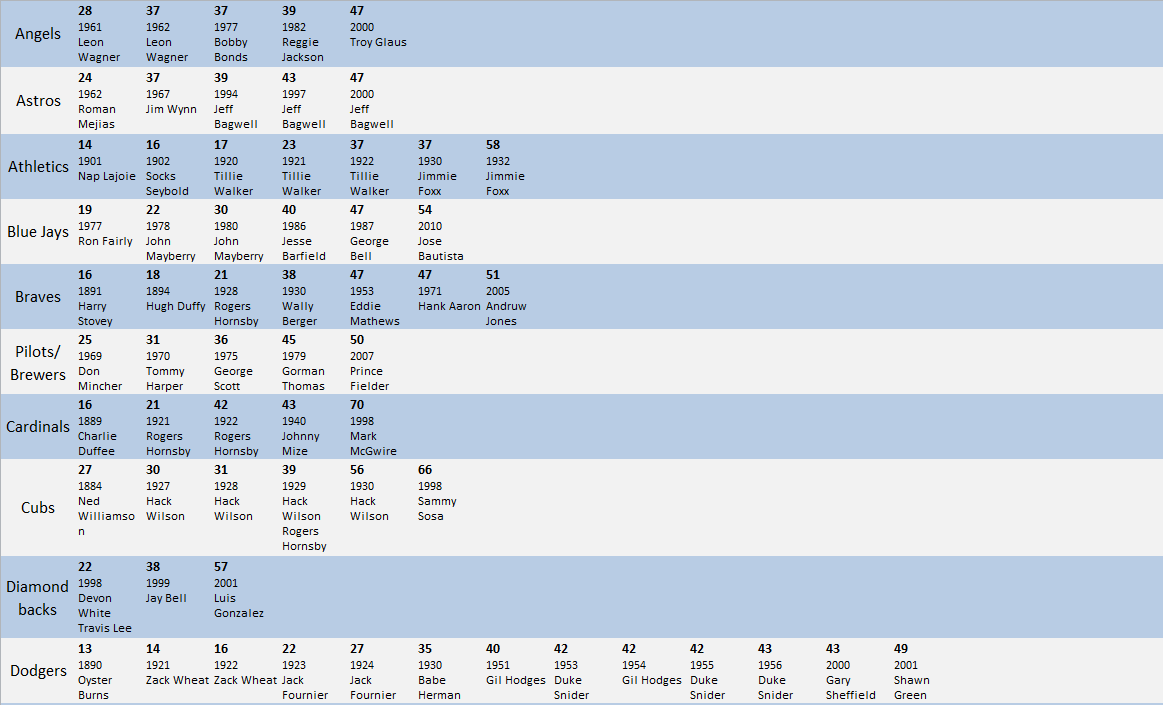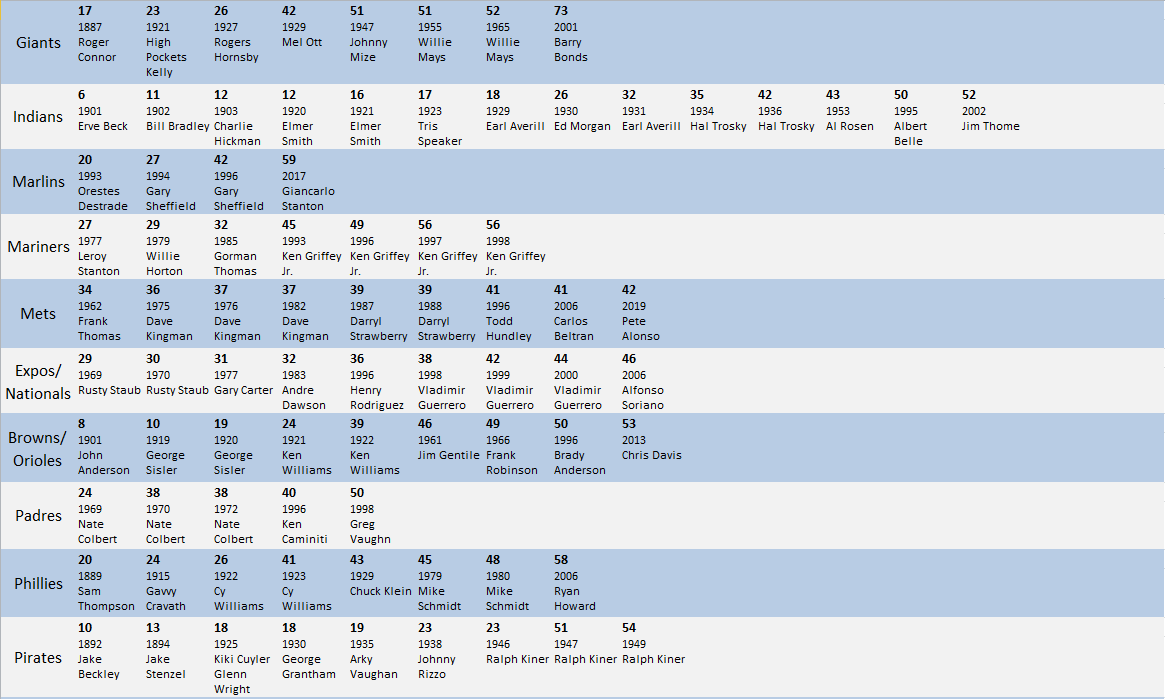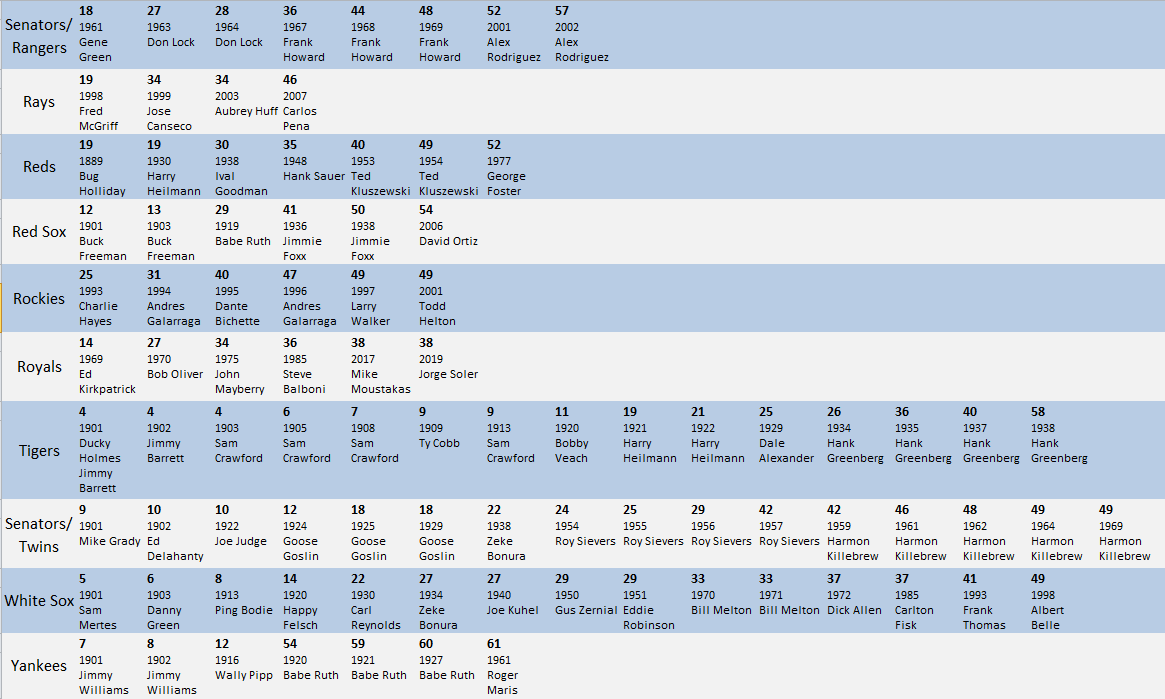There is a wealth of technical data available today on pitching, the basics like the type of pitch and its location, and the exotic, covering everything from velocity to movement (vertical and horizontal) to spin rate. But, what may be lost in all of the numbers is which pitches were most or least effective in getting batters out. More on the best pitchers and their best pitches is after the jump.
Sports Info Solutions (originally Baseball Info Solutions) has developed a methodology for measuring pitch effectiveness at both the micro and macro level, looking at changes in run expectancy with each pitch of a plate appearance (the micro level), and with the final pitch of a plate appearance (the macro level). Thus, a pitch called a ball would have a small negative value (from the pitcher’s perspective) because the resulting change in the count has improved the batter’s chances slightly, while a pitch for a strike would have a small positive value because the batter’s chances have declined slightly. The final pitch of a PA, resulting in a strikeout, walk (or HPB) or ball in play, would have a large value, positive or negative, because outs and baserunners produce significant changes in run expectancy.
Marrying pitch value with pitch type is one way to quantify the effectiveness of different pitches thrown by individual pitchers. That said, the resulting values of Corey Kluber‘s curveball or Clayton Kershaw‘s slider are not just about those particular pitches, but also about how the pitcher has used that pitch, including its use against some hitters but not others, its use in certain counts, its location, its sequencing with other pitches, etc. In other words, all of the factors that comprise effective pitching.
The pitch value data from Sports Info Solutions ares available on FanGraphs for seasons since 2002. In the tables below are the most effective pitches and pitchers for those seasons, measured by runs saved above average. The data shown are for seasons of 140 IP, or 100 IP for the current 2019 season. Let’s start with the best pitcher seasons for the primary pitch types.

As a reminder, the measurement shown is Runs Saved Above Average. These top seasons will tend to skew to the earlier part of the measurement period as pitcher workloads were somewhat heavier then compared to the current day. Also, the “cutter” category was introduced only in 2004, so these pitches in 2002 and 2003 would have been classified in one of the other categories, probably as fastballs or sliders. Note that four of the top 10 in the “All Pitches” category were in Cy Young winning seasons. It’s also worth noting that two pitchers make these lists for the still to be completed 2019 season.
Looking at seasons with Top 10 finishes gives us this view.

Clayton Kershaw figures prominently as the leader for most top 10 seasons in three categories, and a third place showing in a fourth category. Note that Greg Maddux makes the list for his changeup, despite having only the tail end of his career covered by the measurement period.
Counting all Top 10 finishes gives us this result.

It’s probably worth noting that Zack Greinke is the only pitcher with a top 10 season in every category. Also notable that Pedro Martinez makes this list despite having the measurement period cover only about the final third of his career.
For “career” totals, I’ve opened up the criteria to include all seasons (since 2002) and all pitchers. Here are those results, with the relievers who show up giving you some perspective on their dominance in their specialized role.

Impressive that Aaron Nola cracks the top 10 for his curve ball before finishing his fifth season.
For all the details, I leave you with the season-by-season top 10s.





